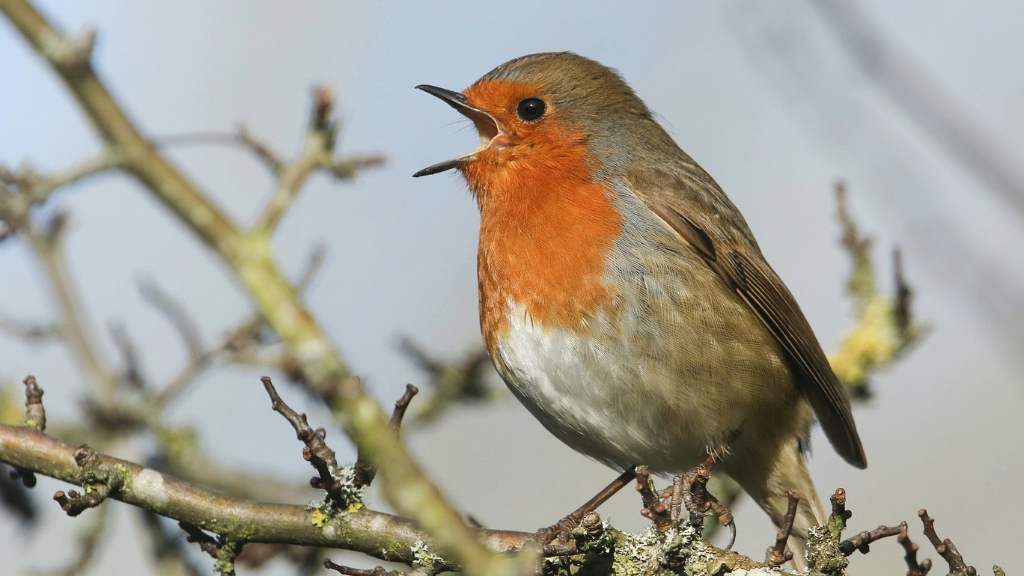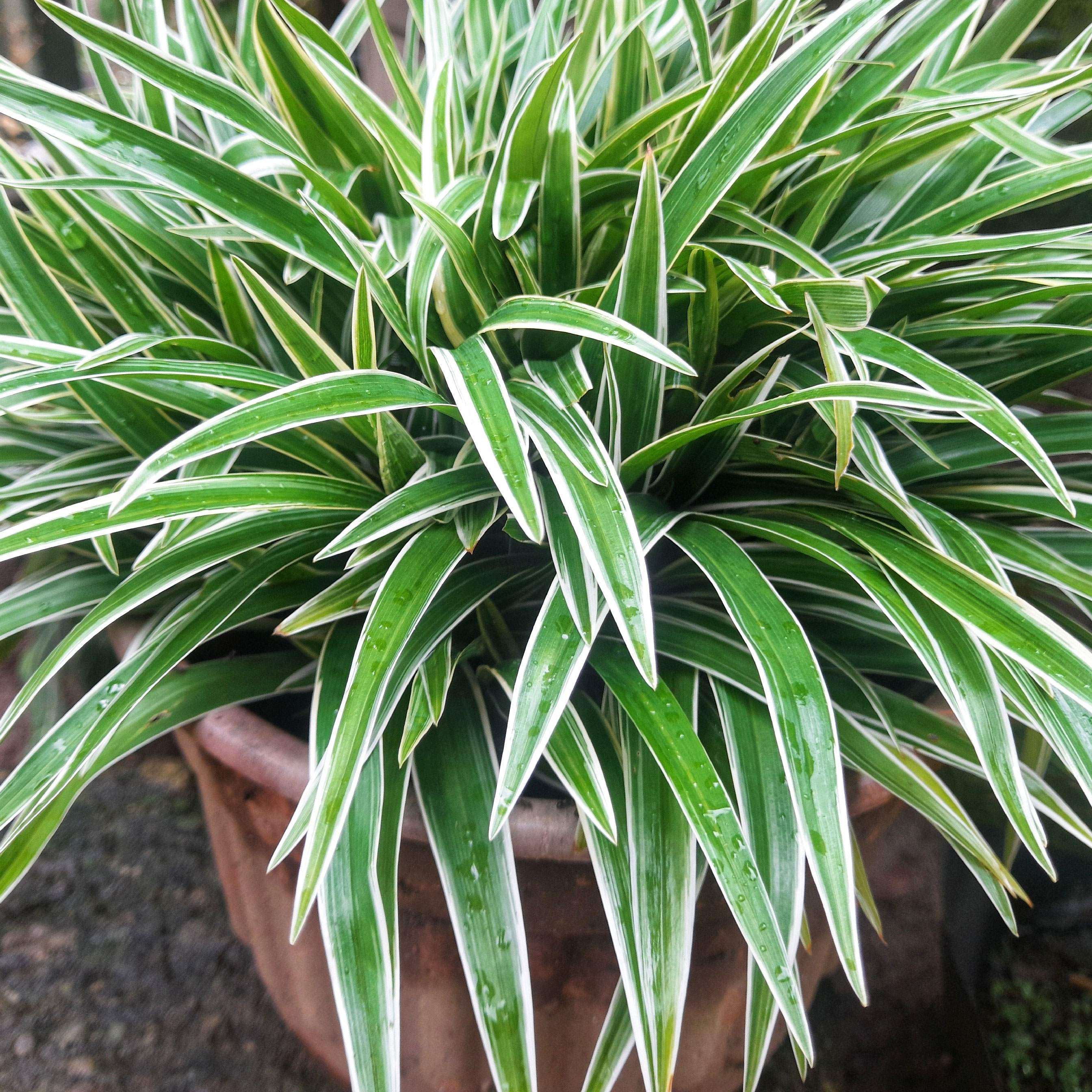Birds I Have Known And Loved


Birds are one of the great joys of a gardener, and the wild variations in size, color and comportment of different species attest to the endless creativity of nature. While I enjoy the small, city birds that visit my garden in San Francisco, my true delight comes from birdwatching in France.
Getting to Know the Birds in France
One of the first things I built when we moved to a small stone house in the Pyrenees in French Basque Country was a bird feeding station. I stacked up several large wooden spools - used for electric wire - and grounded them with a stake through the central holes into the ground below.
This proved an endless source of joy and entertainment, particularly in the springtime. Parent birds would park their young on the various levels of the feeding station and fly off to find worms or get water. Although at first we recognized only the robins, in time we came to know and love many other species. Here are a few of my personal favorites.
European Robin
It was easy enough to recognize a French robin, even though it looks very different from its American counterpart. French robins are called “rouge gorges”, meaning red throats. And they, like American robins, have that giveaway red breast. But otherwise, robins in France are small and delicate, perhaps half the size of American robins. They stayed all year long, making them familiar members of our little community.
My favorite robin story involved a dramatic rescue: saving two baby birds from a snake. My young daughter came running into the house in tears one afternoon telling me that a snake was about to eat two baby robins.
I rushed outside to see the robin’s nest, halfway up the rocky rise beside the house. Two fuzzy birds peeked out fearfully. The nest was inaccessible to a crawling snake, but a couleuvre snake had spotted them, climbed into a tree, and was beginning a descent to the nest on a drooping branch. Both parent birds were circling the branch, trying to dissuade the snake by chirping and fluttering bravely, without success.
I was afraid of snakes, and this one was several feet long. But I knew I had to do something. I got a large bucket with a lid and positioned it on the ground beneath the snake’s branch, then cut off the branch, sending it and the snake into the bucket. This sounds a lot smoother an operation than it was, but, pumped full of adrenaline, I managed to clap the lid on the bucket. We carried the bucket up the mountain and released it far away.
Gardening tips, videos, info and more delivered right to your inbox!
Sign up for the Gardening Know How newsletter today and receive a free copy of our e-book "How to Grow Delicious Tomatoes".
French Merle
The blackbird in France is of the species Turdus merula. It is called the merle and it may be my favorite garden visitor. When I wake up in the morning in spring, summer and fall, my “alarm” is the song of the merles from the trees around the house.
These birds are either glossy black or dull black. Adult males have shiny black feathers with a bright yellow bill and eyering. The females and young birds are a duller, dark brown. They visit the property to feed on the holly berries and their beautiful song is a true delight to hear. While they don’t usually accept the sunflower seeds or suet from my feeder, they do drink from the water dish when they think I am not watching.
I love the merles for their song, their fierce independence, and the flash of glossy black as they fly by. We are neighbors on the mountain but not friends, although sometimes baby merles are left on the bird feeding station, large, fuzzy and hungry, as the parents go off to find food..

Teo Spengler is a master gardener and a docent at the San Francisco Botanical Garden, where she hosts public tours. She has studied horticulture and written about nature, trees, plants, and gardening for more than two decades. Her extended family includes some 30 houseplants and hundreds of outdoor plants, including 250 trees, which are her main passion. Spengler currently splits her life between San Francisco and the French Basque Country, though she was raised in Alaska, giving her experience of gardening in a range of climates.
-
 Want To Know How To Make A Spider Plant Bushier? 4 Secrets For Lush & Bushy Spiders
Want To Know How To Make A Spider Plant Bushier? 4 Secrets For Lush & Bushy SpidersAre you looking for ways to make your spider plant look bigger or more dramatic? Follow these quick and easy tips on how to make a spider plant bushier
By Teo Spengler
-
 What Is A Pollinator Garden? Grow Gorgeous Blooms While Benefiting Your Local Ecosystem
What Is A Pollinator Garden? Grow Gorgeous Blooms While Benefiting Your Local EcosystemPollinator gardens look great and also provide a diverse ecosystem that benefits your local pollinating insects and animals. Get started today with this guide!
By Bonnie L. Grant